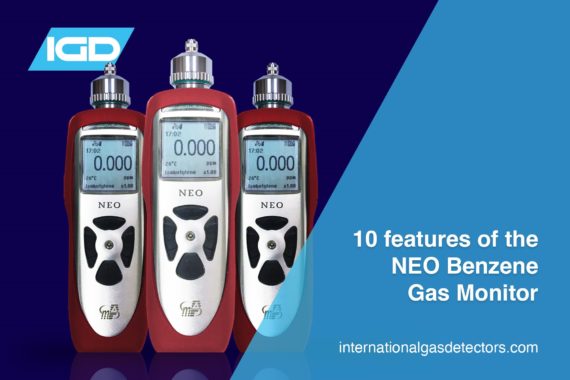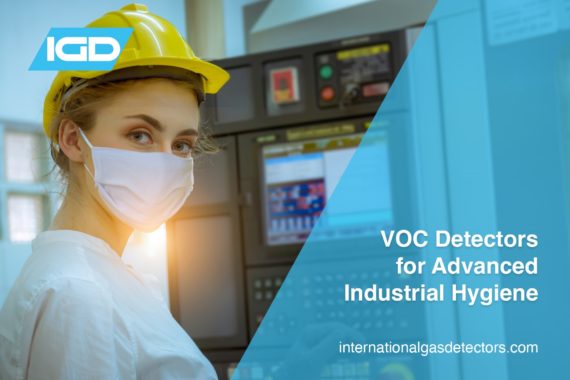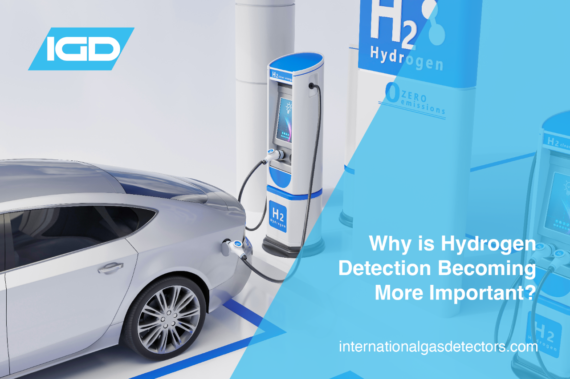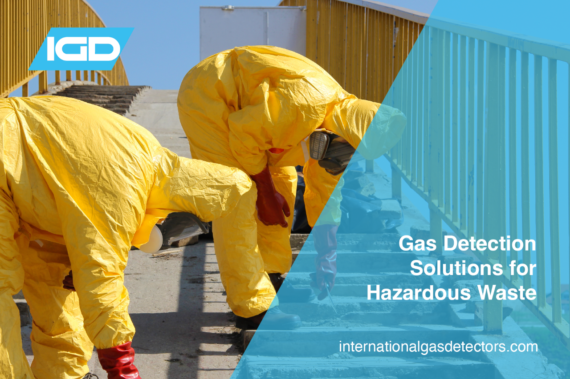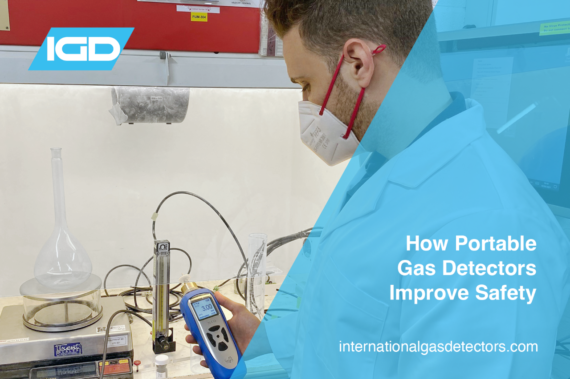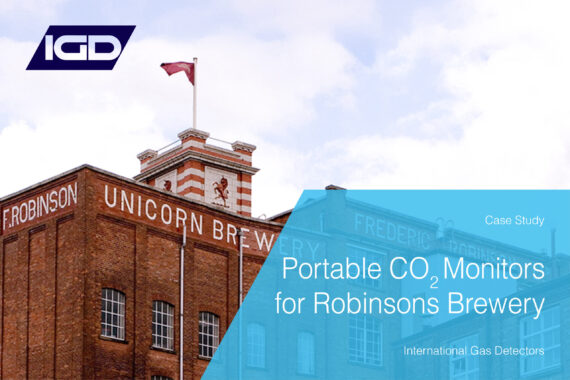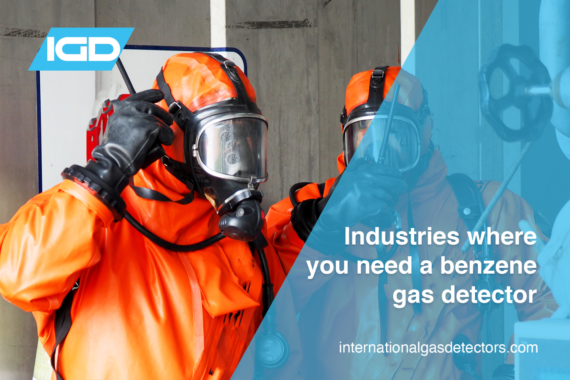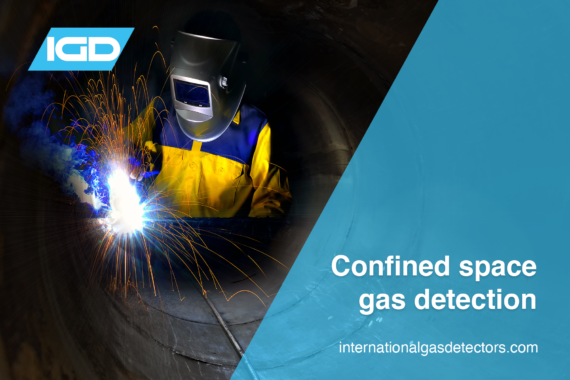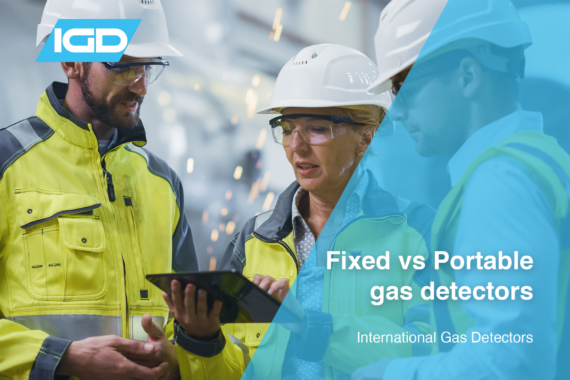The NEO PID is the most advanced portable gas detector on the global market and is used to monitor volatile organic compounds (VOCs). The sensor can monitor over 700 VOC gas species and reliably detect down to parts per billion levels (ppb) and up to 15,000 parts per million (ppm). This blog post will explore five industry applications in which the NEO PID can be used and the benefits it provides.
The Top 10 Features of the NEO Benzene Gas Monitor
Portable gas monitors play a vital role in industry. From spot checking to PPE, these devices can be an essential addition to workplaces where a fixed monitor isn’t suitable. And with Benzene a highly hazardous gas, it is vital to find a Benzene gas monitor that is suitable for your team and workplace. But we understand it can be difficult to decide with all of the options on the market. Not to worry! This blog post aims to help you in your search for a Benzene gas monitor. We will discuss the top 10 features of the NEO Benzene gas monitor to help you in your overview of all Benzene detection devices on the market. Read on below to find out more about the NEO for Benzene.
VOC Detectors for Advanced Industrial Hygiene
Volatile organic compounds (VOCs) are very widely used in industry and represent a significant hazard to human health. In this blog post, we take a look at what VOCs are, their role in industry, and the importance of VOC detectors for maintaining industrial hygiene.
Why is Hydrogen Gas Detection Becoming More Important?
Hydrogen (H2) has become a popular choice for use in the industrial sector in recent decades, but the demand for it has increased and looks set to continue. With high demand for hydrogen comes a need for more reliable and readily available hydrogen gas detection systems. In this post, we will discuss how hydrogen gas is used, the importance of hydrogen gas detection and what options are available.
Gas Detection Solutions for Hazardous Waste
Many jobs involve working with or around hazardous waste daily. Therefore, protecting workers and working environments from dangerous substances and impacts thereof is paramount.
International Gas Detectors (IGD) manufacture and distribute numerous gas detection products, and provide system installations, service, and maintenance on gas detection systems, alongside training consultancy services.
How Portable Gas Detectors Improve Safety
Portable gas detectors play a vital role in industry and research by protecting personnel from unpredictable gas hazards as they move from place to place. In this article, we’re looking at why portable gas detectors are often an essential part of any gas detection strategy.
Portable CO2 Monitors for Robinsons Brewery
Recently IGD won a massive project to supply Robinsons Brewery with iGAS portable CO2 monitors from Senko. Unreliability and complexity of their current devices meant IGD could step in to provide a detectably better solution for Robinsons. We are proud to help a family-run, local brewery such as Robinsons enhance their safety by providing brand new portable CO2 monitors, going above and beyond to help keep their staff safe. Read on below to find out more about how we helped Robinsons to become detectably better in their gas safety.
Industries where you need a Benzene Gas Detector
Benzene gas can be found in a wide range of applications, mostly being environmentally related such as petroleum and process industries. Benzene is a liquid at room temperature but quickly turns vaporous in the atmosphere, meaning this can be highly prevalent in these industries. . This article will delve into where benzene gas is found, the dangers associated with this substance and IGDs detectably better Benzene Gas Detector solutions to help mitigate the risks of this gas.
Confined Space Gas Detectors—What You Need to Know
A ‘confined space’ as defined for this article is any fully enclosed space where a risk may exist from noxious fumes, reduced oxygen levels or flammable gases. Site workers must often enter such space
Fixed Vs. Portable Gas Detectors: All You Need to Know
Very broadly gas detectors fall into two broad categories, fixed or portable. Both types use a variety of sensor technologies to detect gas or vapour hazards. Both types have their own strengths and w


